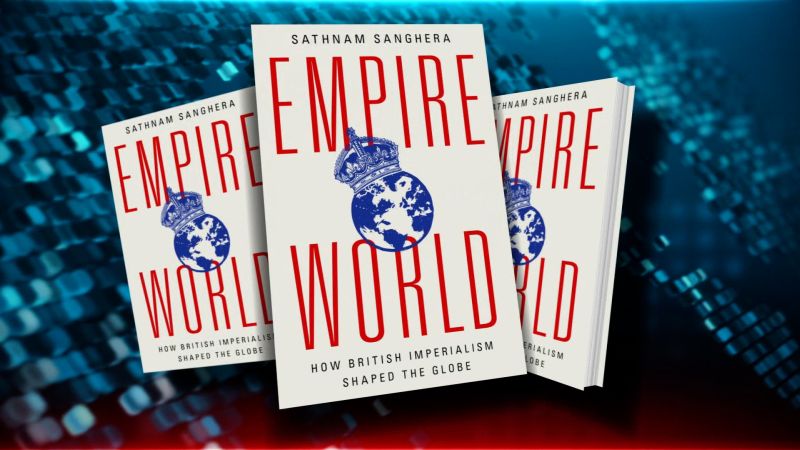“Sister Outsider” is essentially Audre Lorde’s thesis statement, an amalgam of essays, speeches and interview text. The central tenets by which the poet, writer and activist sought to live her life — calling out the greed of a for-profit economy and the need for social justice — are laid out here in her precise, metaphor-rich language. In “Uses of the Erotic: The Erotic as Power,” she compares that erotic knowledge to a “tiny, intense pellet of yellow coloring perched like a topaz,” a kernel that she “would knead … gently back and forth.” As she notes in an interview with the poet Adrienne Rich, “When someone said to me, ‘How do you feel?’ or ‘What do you think?’ … I would recite a poem, and somewhere in that poem would be the feeling, the vital piece of information.” Lorde repeatedly stresses the importance, and the beauty, of her disparate identities as a Black lesbian poet and how the feminist and civil rights movements must acknowledge such differences in order to succeed. To read this book is to be reminded that questions about privilege and intersectionality are not new and that almost every conversation about them owes something to Lorde, who wrote in her poem “Who Said It Was Simple” (1973), “But I who am bound by my mirror / as well as my bed / see causes in colour / as well as sex / and sit here wondering / which me will survive / all these liberations.” — Tomi Obaro
Soller: We have to discuss these hybrid forms. Many of you emailed me various thoughts about memoir and autofiction. Roxane, I’m curious how you would characterize a book like “Sister Outsider,” because it’s many different things, most of which we’d consider nonfiction. For this list, we’re focusing on fiction, poetry, plays, performance. But how do you all feel about those constraints? What do you think queer literature specifically has to say with its hybrid forms?
Gay: I don’t think you can overlook nonfiction in talking about queer literature. Nonfiction was where we were first allowed to articulate our realities. It’s fundamental. Frankly, it’s more important than fiction and poetry. Nonfiction, hybrid forms, memoirs — these are the ways we were able to write ourselves into public consciousness.
Edmund White: I thoroughly agree. You know, what they call autofiction … Certainly, all the great gay French writers, like [Marcel] Proust and André Gide, they all were writing autobiographical fiction of some sort. Maybe they were disguising themselves, but still, they oftentimes used the word “I.” Once, on a debate stage, I was talking about [Ernest] Hemingway’s [1927] story “Hills Like White Elephants,” and I was saying that a heterosexual writer could assume that the reader had the same values as he did, and so he could use indirectness — it’s about abortion, yet Hemingway never uses that word — but that a gay writer like Proust had such unusual ideas that he had to spell them out for the general public.
Kron: This brings up the interesting idea of who writers are writing for. Are people writing to be apprehended by a mainstream audience, or are they writing within the subculture? To me, the greatest gift of being a lesbian is where it exists outside of things like patriarchy, capitalism, white supremacy: where it’s not knocking on the door, asking for admission, but firmly standing somewhere else, articulating what it sees. So while I think the term “queer” is appealing in its capaciousness, I always feel slightly wary of it because it’s so easily marketed and commodified.
McBee: With trans people, there’s a desire for our stories that’s often othering and salacious. I see a market demand for that [kind of] nonfiction because, so often, we’re hard to even imagine. Queer and trans people have, amazingly, taken that demand and subverted it, and that’s why those kinds of stories are so important.
Mukherjee: When did autobiographical become autofictional? Also, Roxane, the point you were making about how some of the greatest truths of queer culture and activism have been done in nonfiction … Oddly enough, queer fiction writers have long hidden behind persona and character to write about queer culture and about themselves. Ed was talking about Proust and Gide —
White: Willa Cather is a good example, too.
Mukherjee: Same with Damon Galgut. Ed put “In a Strange Room” on his list. Its three narratives are united by a first-person narrator called Damon, who is the central character. I remember interviewing Galgut once and saying, “Your character Damon” — and he stopped me and said, “No, that’s not a character, that’s me.” I thought to myself, “I’m trying to protect you here,” which is a very quaint protectiveness on my part. But it’s a very, very intense book — a masterpiece, actually.







More News
A Baguette Is Baked in France
Right-Wing Nonprofit Paid Millions to Companies With Ties to Insiders
Study Suggests Genetics as a Cause, Not Just a Risk, for Some Alzheimers